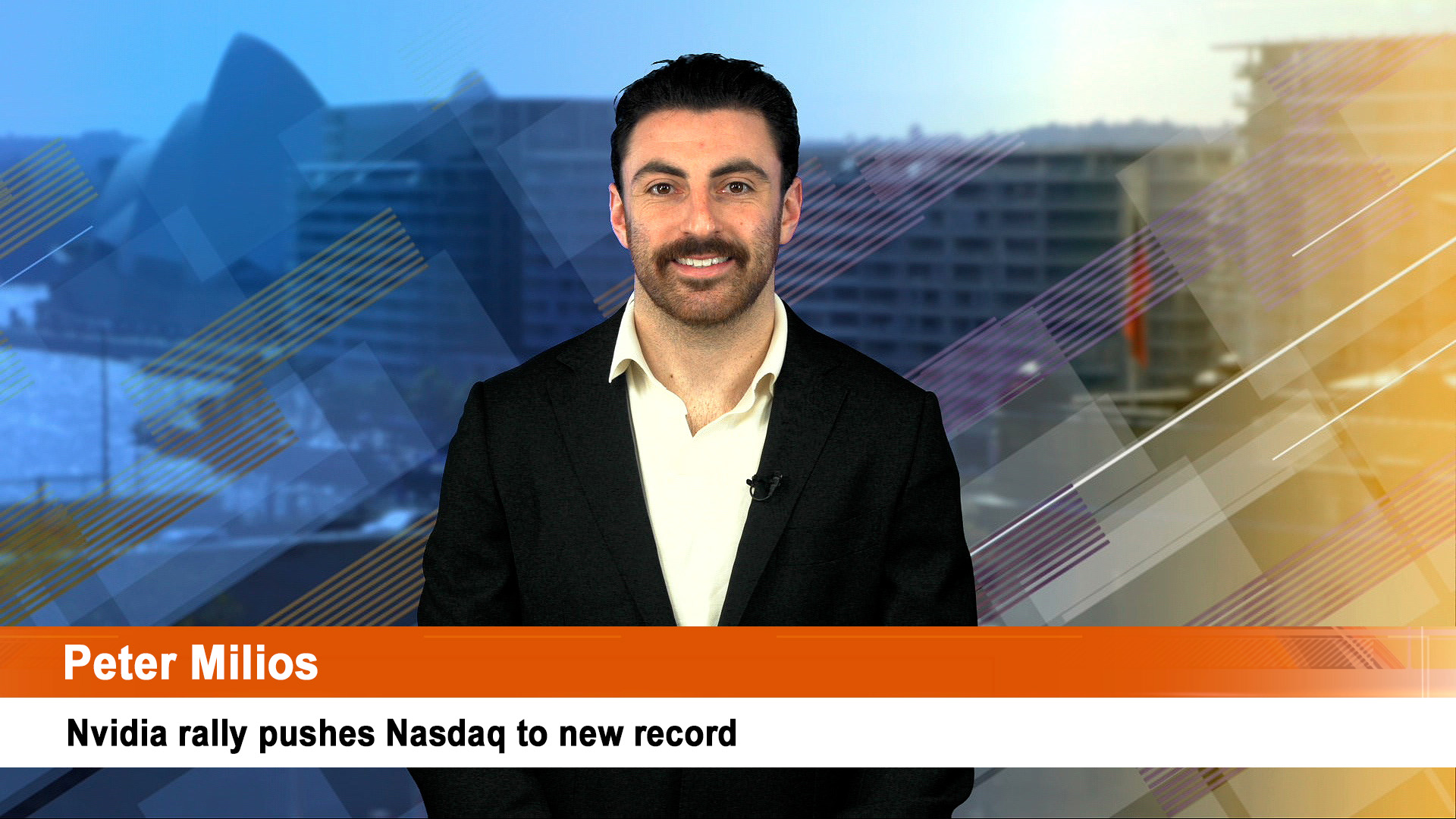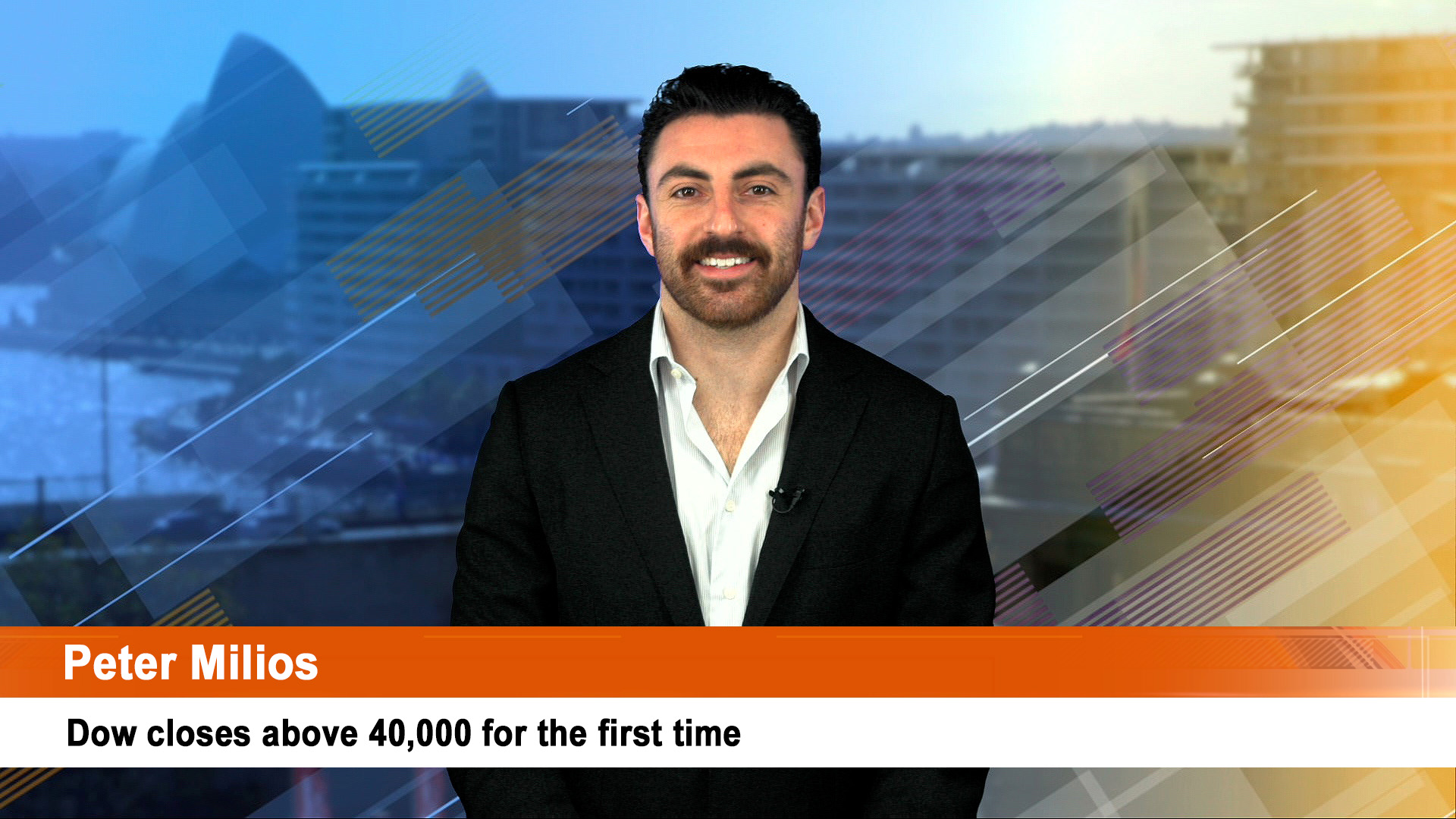While Goldman Sachs’ deep cost cutting and 3,200 job losses have grabbed most of the headlines ahead of tonight’s release of results from four major banks, analysts are looking for an even bigger message from what are expected to weak reports – a big jump in loan loss provisions as bankers get ready for a possible major slowdown in the US economy this year.
Those reporting tonight are JPMorgan Chase & Co, Bank of America Corp, Citigroup Inc and Wells Fargo & Co. None will be pretty and Wells Fargo could in fact report a statutory loss after incurring a massive fine from regulators over a marketing scandal that has gone on for more than six years.
Morgan Stanley and Goldman Sachs report next Tuesday.
Collectively they are the six largest lenders in the US and analysts expect them to allocate a combined $US5.7 billion in reserves to prepare for loan losses and write down, according to average projections by data groups led by Refinitiv.
That would be more than double the $US2.37 billion set aside in the December quarter a year earlier.
Analysts will also be looking to see how some banks treat billions of dollars in loans made to Elon Musk for his $US44 billion takeover of Twitter last year.
A syndicate including Morgan Stanley, Bank of America Corp, Barclays of the UK, Mitsubishi UFJ Financial Group, BNP Paribas SA, Mizuho Financial Group and Societe Generale SA helped fund the purchase.
The BofA release tonight could give an indication of how the banks have treated the $US13 billion in loans to Musk.
Reuters has pointed out that accounting rules give the banks some room to avoid taking a huge one-off loss against the loans which are currently unsaleable because possible buyers are demanding too steep a discount. Selling the loans at less than face value would trigger loan losses and provisions.
US analysts expect all six majors to reveal lower profits, thanks to savage slide in income from mergers and acquisitions and trading.
“With most U.S. economists forecasting either a recession or significant slowdown this year, banks will likely incorporate a more severe economic outlook,” said Morgan Stanley analysts led by Betsy Graseck in a note reported by Reuters.
The six banks are also expected to report an average 17% drop in net profit in the fourth quarter from a year earlier, according to preliminary analysts’ estimates from Refintiv.
The Fed’s string of rate rises last year will boost interest income and presumably their large net interest margins (much fatter than those of the big four Australian banks).
Most analysts believe the impact of the Fed’s rate rises will be more fully felt on the income side in 2023, as well as on the loans side with more and more borrowers facing rising repayment pressures.
If the US labour market turns down, which is part of the Fed’s plan to slow inflation, then loan losses could escalate quickly with nasty mortgage foreclosures becoming an issue once again.
Still, lenders stand to gain from rising rates that allow them to earn more from the interest they charge borrowers.
A long line of bank executives has warned in recent weeks of the tougher business environment, which has prompted firms to slash compensation or eliminate jobs.
Goldman Sachs started laying off thousands of employees on Wednesday. Morgan Stanley and Citigroup, among others, have also cut jobs as revenues have fallen, taking earnings with them.
Last month, Morgan Stanley cut 1,600 people, or 2% of its workforce, and Wells Fargo sacked hundreds from its mortgage unit as it started winding back its involvement in home lending. Blackrock, the world’s biggest fund manager and investor in these and other banks cut 500 jobs this week.
Global investment banking revenue fell 50% to $US15.3 billion in the fourth quarter from the back ed of 2021, according to data from Dealogic. That fall will drive much of the cost cutting.
“We’re exiting a period of extraordinarily strong credit quality,” said David Fanger, senior vice president, financial institutions group, at Moody’s Investors Service.
Wells Fargo will feel the fallout from ongoing fake accounts scandals and $US3.5 billion in regulatory penalties will hit the quarterly results and possibly produce a loss.
Investors, though, are a hopeful bunch and have pushed up bank share prices in the early part of January. The KBW index of bank stocks is up about 4% so far this month after 2022’s near 28% slump.













